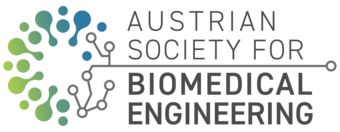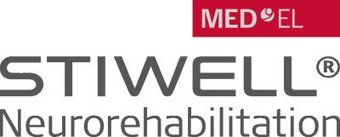- User experiences: success stories and challenges in everyday use.
- Training & integration: How do therapists, caregivers, and professionals integrate FES into treatment?
- Funding & reimbursement: How do different healthcare systems handle FES? What are the gaps?
- Usability & accessibility: What makes FES devices practical (or impractical) for daily life
- CE marking & MDR compliance: What are the hurdles for FES devices?
- The role of AI, software, and cybersecurity in regulatory frameworks.
- Differences between EU, US (FDA), and global regulatory approaches.
- How can small companies and startups navigate regulations without excessive costs
- Evolution of FES technology: What worked, what didn’t?
- Lessons from clinical trials & user feedback.
- Comparing early vs. modern FES applications.
- What needs to be done to increase FES adoption and effectiveness?
Spinal Cord Stimulation / Afferent Nerve Stimulation / Neuromodulation
- Pain
- Spasticity
- Movement augmentation
FES of Denervated Muscles
- Current devices
- Limitations
- Directions
FES and Mechanical Devices
- Cycling
- Exoskeleton
- Robots
Neuro- and Muscle Physiology
- Metabolism
- Histology, histochemistry
- Plasticity
- Stimulation parameters
- Biomechanics
- Fatigue
- In vitro, ex vivo and in silico models
Technology
- FES devices and implants
- Software
- Sensors
- Control strategies
- Bio-materials
- Encapsulation
- Electrodes
- Connectors, cables
Applications
- Exercise, Sports, Health, Quality of Life
- FMS (Functional Magnetic Stimulation)
- Phrenic pacing
- Larynx
- Face
- Pelvic floor
- Restoration of movement (upper and lower extremities)
- Sensory neuroprostheses (hearing, vision)
Background image: © WienTourismus/Christian Stemper









